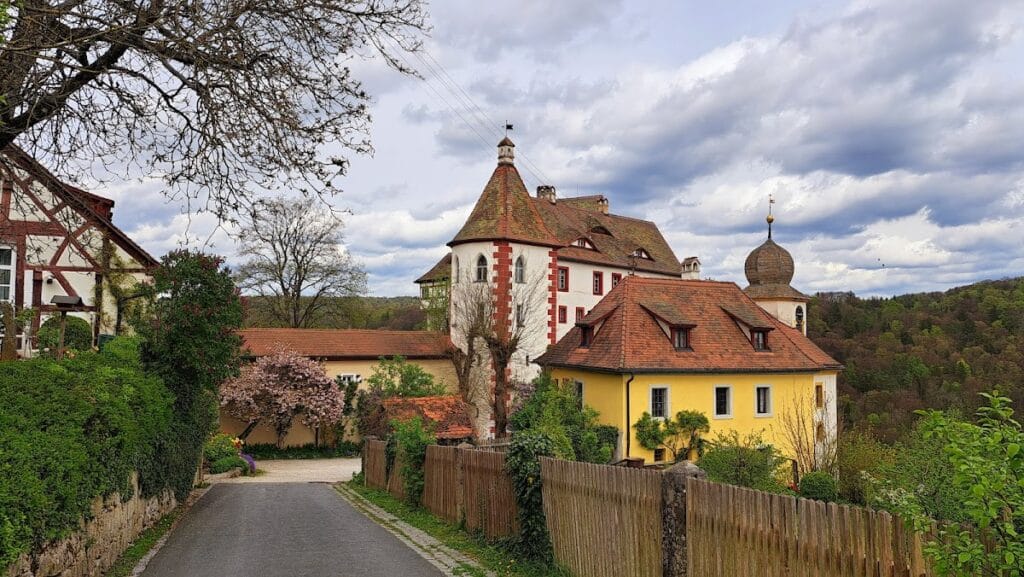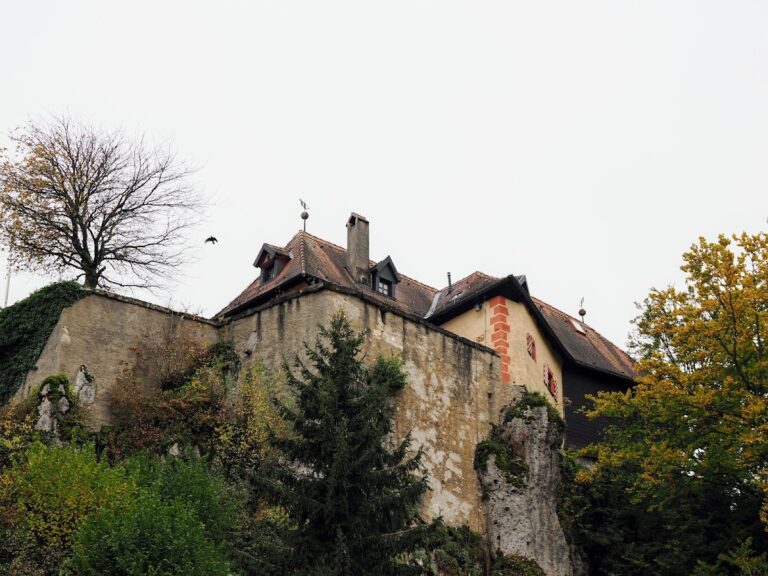Egloffstein Castle: A Medieval Noble Residence in Germany
Visitor Information
Google Rating: 4.4
Popularity: Low
Google Maps: View on Google Maps
Official Website: www.burg-egloffstein.de
Country: Germany
Civilization: Medieval European
Remains: Military
History
Egloffstein Castle stands above the village of Egloffstein in what is now Germany, originally constructed by the medieval German nobility in the 12th century. The castle first appeared in written records in 1358, but the family known as the lords of Egloffstein had been linked to the site since at least 1180, indicating its early origins as a fortified noble residence.
During the late Middle Ages, the castle was involved in several regional power struggles. In the late 14th century, a feud erupted between the castle’s owners and the Bishopric of Bamberg, reflecting ongoing tensions between secular lords and ecclesiastical authorities. The mid-15th century brought violence in the form of the First Margrave War (1449/1450), during which Egloffstein Castle sustained attacks that damaged its structures. Further conflict occurred in 1504 amid the War of the Succession of Landshut, when troops from the nearby city of Nuremberg conquered and partially destroyed the castle.
Financial difficulties gradually led the Egloffstein family to transfer ownership from their allodial (private) possession to a feudal relationship with the Prince-Bishopric of Bamberg between 1509 and 1516. Not long after, the castle faced more turmoil, suffering damage during the widespread German Peasants’ War in 1525. In 1563, amid renewed disputes involving the Bishop of Bamberg, the castle was occupied and severely ravaged once again.
The Thirty Years’ War, a destructive European conflict lasting from 1618 to 1648, brought particularly harsh treatment to Egloffstein Castle. Swedish forces raided the site twice, in 1632 and again in 1645, causing extensive suffering and damage. Following these sieges, the castle underwent significant rebuilding, including the addition of a large battery tower in 1664, constructed under the direction of Albert Christopher of Egloffstein to reinforce its defenses.
The castle endured the early 18th century with fewer challenges; during the War of the Spanish Succession in 1703, it escaped major damage. Mid-century, religious changes took place when the original castle chapel was replaced by the parish church of St. Bartholomew in 1750. This new church was built by the Egloffstein brothers Albert Christopher Charles and Louis I, marking a shift in the castle’s religious connections.
By 1800, the extensive battery tower added in the 17th century collapsed and was removed, signaling a change in the castle’s military role. Its legal and administrative functions, including courts run by the castle’s owners, continued until 1848. Ownership has remained within the Egloffstein family, who also hold the nearby Kunreuth Castle, preserving a long-standing tradition of noble stewardship in the region.
Remains
Egloffstein Castle occupies a commanding position on a steep rocky spur called the Rabenstein, rising about 80 meters above the village. The surviving parts mainly comprise the upper or main ward, which includes two significant buildings known as the Old Cabinet (Alte Kemenate) and the Long Cabinet (Lange Kemenate). The Old Cabinet is particularly notable for containing the oldest structural elements of the castle, believed to date back to the 12th century, highlighting the site’s medieval origins.
The castle’s strategic location takes advantage of natural defenses, with steep drops on two sides and an eastern orientation. This positioning would have made assaults difficult and shaped its defensive layout. Alongside the main structures, the Long Cabinet features a tower integrated into its design, contributing both residential and protective functions.
A prominent element once standing within the castle grounds was the battery tower, built in 1664 as a response to military needs after the destruction caused by Swedish troops during the Thirty Years’ War. This tower was designed to house cannons and improve the castle’s artillery capabilities. However, after collapsing around 1800, it was dismantled and no longer survives.
The lower cabinet, previously part of the castle complex, was replaced by the parish church of St. Bartholomew in 1750. This church, erected by members of the Egloffstein family, took over the religious role once held by the castle chapel, signaling a shift in the site’s ecclesiastical arrangements.
Attention to day-to-day operations within the castle is reflected in the moat area, which includes a livestock shed equipped with a gate. This feature points to the continued use of the site not only for defense and residence but also for managing animals essential to sustenance and economy.
Today, Egloffstein Castle remains sufficiently intact for visitors to observe its medieval building phases and later adaptations. The preservation of the main ward, old and long cabinets, tower elements, and parts of the surrounding infrastructure offers insight into the castle’s layered history and its evolution from a fortified noble residence into a site shaped by centuries of conflict, reconstruction, and changing social roles.










